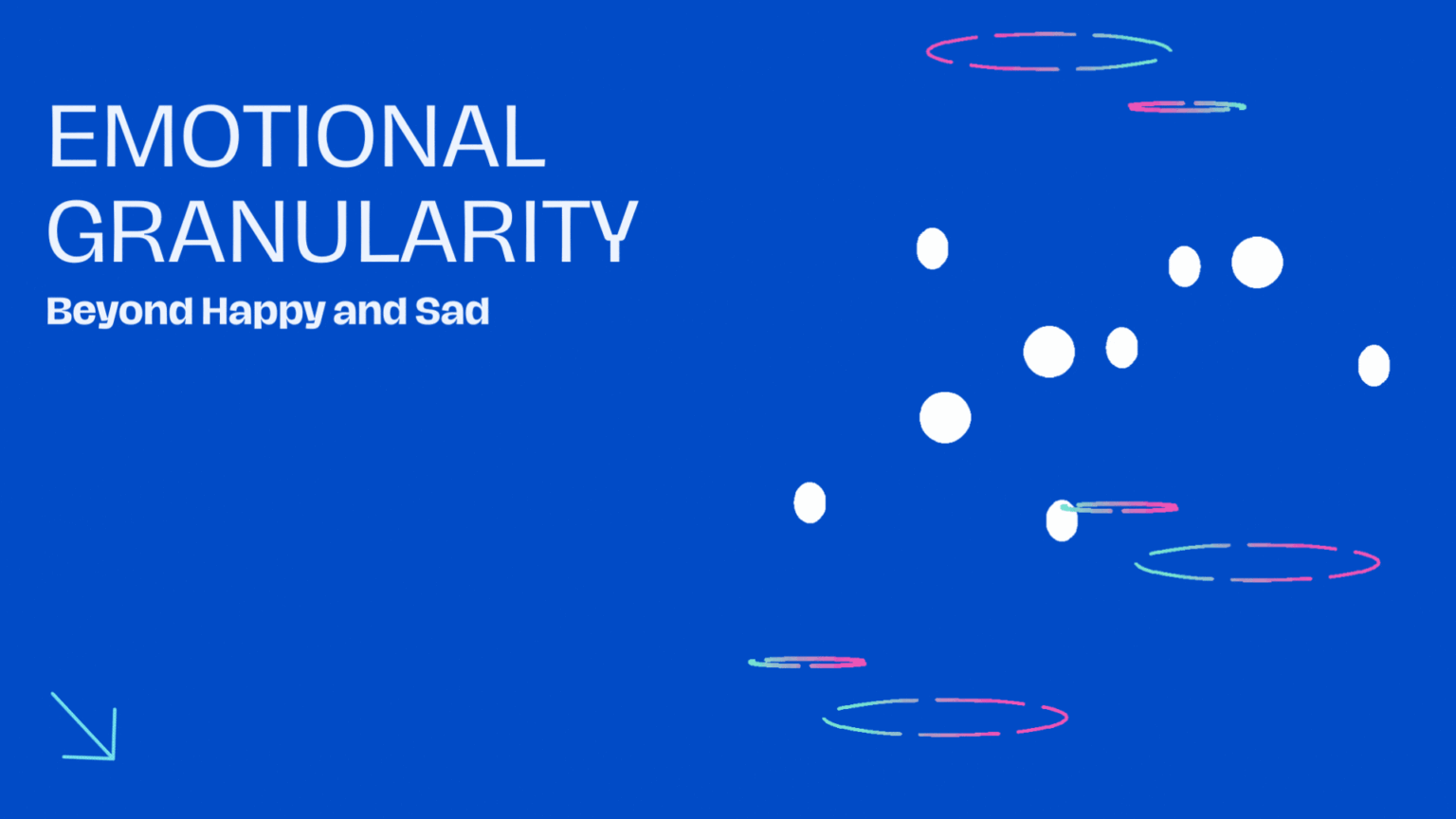Understanding Defusion Methods in ACT
Acceptance and Commitment Therapy (ACT) is a form of psychotherapy that combines principles from behavioral science and mindfulness to help individuals identify and change unhelpful thoughts and behaviors. The goal of ACT is to help people live a more valued life by accepting what is out of their control and committing to actions that align with their values.
What is Acceptance and Commitment Therapy (ACT)?
Definition of ACT
Acceptance and Commitment Therapy (ACT) is a type of cognitive behavioral therapy that aims to increase psychological flexibility and promote behavioral change. It was developed by psychologist Steven C. Hayes in the 1980s and is based on the premise that suffering is a normal part of the human experience, and that attempting to avoid or control unwanted thoughts and feelings only leads to more suffering. Instead, ACT teaches individuals to accept their thoughts and feelings, and to take committed action towards a meaningful life.
Principles of ACT
The principles of ACT are based on the belief that psychological distress is caused by the fusion of thoughts, emotions, and bodily sensations. Fusion refers to getting caught up in our thoughts and taking them as absolute truth. In ACT, the goal is to develop defusion techniques that allow individuals to observe their thoughts and feelings without becoming fused with them.
How does ACT help in defusion?
ACT helps in defusion by providing individuals with tools and techniques to distance themselves from their thoughts and feelings. The practice of mindfulness is a central component of ACT, as it allows individuals to observe their thoughts without judgment and to develop a more flexible relationship with them. By recognizing that thoughts are simply thoughts and not necessarily reflective of reality, individuals can defuse from unhelpful and negative thought patterns.
What is Cognitive Defusion?
Explanation of Cognitive Defusion
Cognitive defusion is a core component of ACT and refers to the process of reducing the impact of negative thoughts by altering our relationship to them. Instead of getting caught up in our thoughts and believing them to be absolute truths, cognitive defusion allows us to see thoughts as thoughts, rather than as something that defines us or dictates our actions.
Examples of Cognitive Defusion Techniques
There are various techniques that can be used to practice cognitive defusion. One such technique is called “leaves on a stream,” where individuals imagine placing their thoughts on leaves and watching them float away downstream. This technique helps to create distance and detachment from our thoughts, allowing us to observe them without becoming overwhelmed by them.
Benefits of Practicing Cognitive Defusion
Practicing cognitive defusion can have numerous benefits for our mental well-being. By learning to defuse from negative thoughts, we can reduce the power they have over us and prevent ourselves from getting caught up in a cycle of negative thinking. Cognitive defusion also allows us to make more conscious choices and take actions that align with our values, rather than being driven solely by our thoughts and emotions.
How Do Metaphors Help in Defusion?
Understanding the Role of Metaphors in ACT
Metaphors play a crucial role in defusion techniques in ACT. They serve as a way to help individuals create a new perspective on their thoughts and emotions. Metaphors can help us see our thoughts as transient events that come and go, rather than as fixed entities that define us. They provide a language to describe our inner experiences and can make difficult concepts easier to understand and work with.
Effective Metaphors for Cognitive Defusion
One effective metaphor for cognitive defusion is the “observer self.” This metaphor invites individuals to imagine themselves as an observer of their thoughts and emotions, rather than being identified with them. By separating ourselves from our thoughts, we can gain a sense of distance and perspective, which can help us defuse from their grip.
Using Metaphors to Change Your Relationship with Thoughts
Metaphors can be used to change our relationship with thoughts by allowing us to see them from a different perspective. For example, instead of taking every negative thought as an absolute truth, we can imagine them as “doom and gloom” forecasts that are not always accurate. This can help us create distance from our thoughts and prevent them from controlling our actions and well-being.
What is Fusion and How to Defuse It?
Explaining the Concept of Fusion
Fusion refers to the state of getting caught up in our thoughts and beliefs, treating them as absolute truth. When we fuse with our thoughts, we become identified with them, and they have a significant impact on our emotions and behaviors. Fusion can lead to distress, as we are unable to see our thoughts as separate from ourselves.
Defusion Exercises to Reduce Cognitive Fusion
There are various defusion exercises that can help reduce cognitive fusion. One such exercise is called “thank your mind,” where individuals thank their minds for producing thoughts and acknowledge that not all thoughts are helpful or true. This exercise allows us to create distance from our thoughts and recognize that they are not necessarily reflective of reality.
Tools and Techniques to Defuse Unhelpful Thoughts
ACT provides individuals with a range of tools and techniques to defuse unhelpful thoughts. These include verbal defusion techniques, such as repeating a thought over and over until it loses its impact, and behavioral techniques, such as creating distance from a thought by physically moving away from it. The goal is to find what works best for each individual and to develop a practice that allows them to defuse from unhelpful thoughts and beliefs.
Where Can You Find Free Resources for Cognitive Defusion?
Recommended Websites for Cognitive Defusion Resources
If you are looking for free resources on cognitive defusion, there are several websites that offer worksheets, exercises, and articles on the topic. The Washington Center for Cognitive Therapy and Philosophy for Life are two recommended websites that provide valuable resources for understanding and practicing cognitive defusion.
Books and Articles on Cognitive Defusion Techniques
There are many books and articles available that explore cognitive defusion techniques in depth. Some recommended readings include “The Happiness Trap” by Russ Harris and “The Confidence Gap” by Steven Hayes. These resources provide practical strategies and exercises to help individuals defuse from unhelpful thoughts and live a more valued life.
Online Communities and Forums for Support and Guidance
Online communities and forums can be valuable sources of support and guidance for individuals practicing cognitive defusion. These platforms provide a space for individuals to connect with others who are on a similar journey and share their experiences, struggles, and successes. It is important to approach these communities with an open mind and to seek advice from qualified professionals.
Q: What is cognitive defusion in ACT?
A: Cognitive defusion is a term used in Acceptance and Commitment Therapy (ACT) to describe the process of becoming more aware of and detached from our thoughts. It involves recognizing that thoughts are just mental events and not necessarily accurate or helpful representations of reality.
Q: How do defusion techniques work?
A: Defusion techniques in ACT work by helping individuals disentangle themselves from unhelpful thoughts and beliefs. These techniques aim to create distance between individuals and their thoughts so that they can choose to act based on their values rather than being driven by their thoughts.
Q: Can cognitive defusion work for everyone?
A: Yes, cognitive defusion techniques can be beneficial for anyone. They are designed to help individuals gain a different perspective on their thoughts, reduce the impact of unhelpful thinking patterns, and promote psychological flexibility.
Q: How can I use defusion exercises in my daily life?
A: You can incorporate defusion exercises into your daily life by practicing mindfulness and becoming more aware of your thoughts. For example, you can notice when you are getting caught up in a thought and try to view it as just a passing mental event rather than an absolute truth.
Q: What are some common defusion techniques?
A: Some common defusion techniques include using metaphorical language to create distance from thoughts, labeling thoughts as “just thoughts,” and practicing mindfulness to observe thoughts without getting caught up in them. You can also use cognitive defusion worksheets and exercises provided by therapists trained in ACT.
Q: Is cognitive defusion similar to CBT?
A: Cognitive defusion is a component of Acceptance and Commitment Therapy (ACT), which is a form of psychotherapy that incorporates elements of cognitive-behavioral therapy (CBT). While there are similarities, ACT focuses more on acceptance of thoughts and emotions rather than challenging or changing them.
Q: How can defusion techniques help with catastrophizing?
A: Defusion techniques can help with catastrophizing by creating distance from catastrophic thoughts and allowing individuals to view them as just thoughts, rather than accurate predictions of the future. By recognizing that thoughts are not necessarily true or helpful, individuals can respond to catastrophic thoughts in a more balanced and effective manner.
Q: What does it mean to “unhook” from thoughts?
A: “Unhooking” from thoughts means detaching or disengaging from them. It involves recognizing that thoughts are not facts or commands, but rather mental events that come and go. By unhooking from thoughts, individuals can reduce their influence on their behavior and emotional well-being.
Q: Can cognitive defusion help with getting stuck in negative thinking patterns?
A: Yes, cognitive defusion techniques can be helpful in breaking free from negative thinking patterns. By practicing defusion, individuals can create distance from negative thoughts and disentangle themselves from their influence. This allows for more flexibility in thinking and the ability to choose alternative perspectives or actions.
Q: What is ACT therapy and how does it relate to cognitive defusion?
A: ACT therapy, which stands for Acceptance and Commitment Therapy, is a type of psychotherapy that focuses on increasing psychological flexibility and promoting values-based living. Cognitive defusion is one of the core components of ACT and is used to help individuals create distance from their thoughts and develop a more accepting and compassionate relationship with their internal experiences.










